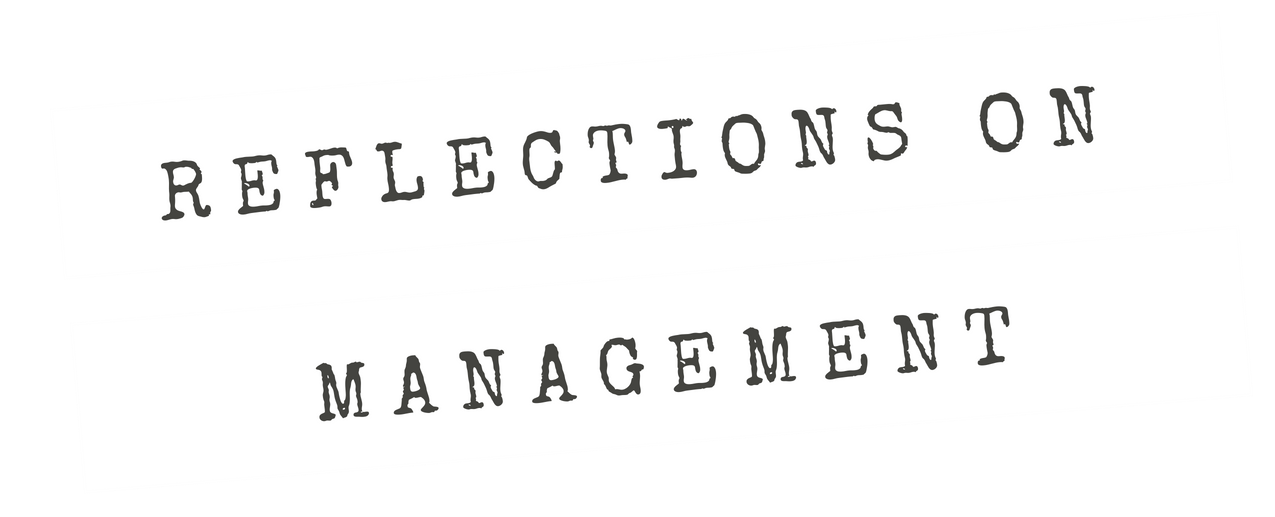A leader of an organization is challenged or criticized by the mere fact of being associated with the organization
Season 4, Episode 6 — Click here to download the transcript
There’s an old saying that the higher you climb the flagpole (or the corporate ladder) the more your butt shows. It’s a none-too-polite way of saying that being a senior leader or top executive means that you are magnet for criticism. You might find yourself loathed and vilified for what you do because of your position. Or they’ll make stories up and blame you for whatever goes wrong, actual or perceived. It can be frustrating. But one wonders, are there patterns or predictable behaviors and ideas associated with these criticisms? If so, perhaps leaders could be better prepared to deal with them?
Last season I talked about counternarratives against an organization and how it attacks the organization’s identity in some way – they present an alternative view based on what the organization does, says, or is. Well, since identity is a multi-level construct, it follows plainly that there are counternarratives against individuals as well – counternarratives against leaders. I also talked about different characters of counternarrative, ranging from the wholly rational – the organization erred and is subject to criticism precisely from it – to the wholly emotional – the organization’s existence is an irritant and regardless of the good it does, it needs to go away. Well, do these apply to individual leaders as well? I argue yes, and I give examples in this episode.
And why is this important or useful? Think of yourself as the opponent or competitor. Would you not want to have as many targets as possible for your criticism? And if attacking the organization stops working, why not shift focus toward the leader, then go back when that stops working? But then if you are on the defense, you now face a real challenge staying ahead of your opponents.
Works Referenced:
Gioia, D. A., Schultz, M., & Corley, K. G. (2000). Organizational identity, image, and adaptive instability. Academy of Management Review, 25(1), 63-81.
Godfrey, P. C. (1998). Identity in organizations: Building theory through conversations. Sage.
Whetten, D. A. (2006). Albert and Whetten revisited: Strengthening the concept of organizational identity. Journal of management inquiry, 15(3), 219-234.
Related Reflections on Management Episodes:
Episode 3-2. On Counternarratives: Alternative Stories about the Organization”
Episode 3-10. Communicating on the Defense Without Being Defensive


